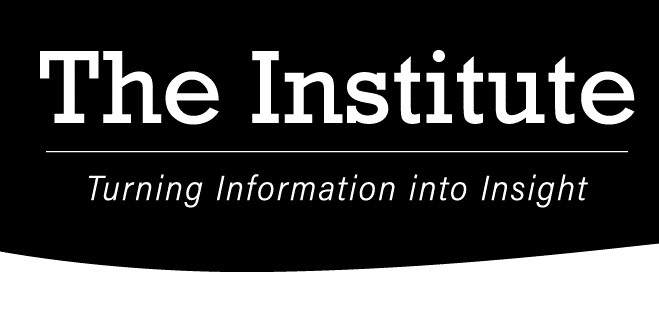Exploring how wellness fits into ESG concepts

Linking ESG and wellness
The regular Environmental, Social, and Governance (ESG) newsletter effectively highlights the common ESG principles. In past newsletters, I’ve spent plenty of time explaining each letter separately. But how does ESG relate to wellness? Here’s a breakdown of the key points and their significance:
Individual Well-Being: Caring for one’s own well-being is fundamental to promoting ESG principles. There’s no one right answer. Doing what promotes your best self at work is ESG. We can’t live the mission or promote a happy and healthy work environment if we don’t care for our own well-being.
Employer Responsibility: Employers play a crucial role in creating a conducive work environment that supports employee well-being. By fostering a comfortable and supportive workspace, employers contribute to both individual and organizational wellness. It’s a team effort.

John Slater, ESG specialist
Employee-Employer Relationship: ESG principles emphasize the importance of a strong employee-employer relationship and state how consistent improvement in this relationship reflects the effectiveness of the program within the enterprise. Just as we might have a picture of something important to us where we sit and work to make us feel better, an employer is responsible for creating a space that allows us to be comfortable.
ESG’s role in wellness is clear through this scope. In practice, what can we do to make sure we follow through? We stay on the path of our mission, focusing on accountability and ensuring we continue to serve our communities.
Before the ESG acronym came to be, socially responsible investing (SRI) kicked off the idea behind it. The idea of being particular with investing has always existed, but a large-scale coordinated effort began with the avoidance of businesses that conducted operations in South Africa during apartheid. Through the awareness of social injustice, ESG’s foundation is in the “S.” Read more about ESG’s history here.
The “E” came a couple of decades later as concerns grew about our impact on the planet. “G” was adopted similarly to keep corporations accountable. In the for-profit world, ESG has evolved to include both the “E” and the “G” because public concerns grew. Each of these three letters has its own definition and set of metrics, but this doesn’t change the “why” behind each of them.
This compassion lens explains the main points above. It’s about the people here and how we build relationships. The “E” is about caring for the environment, which directly impacts health, and organizations that prioritize governance contribute to a safer and healthier work system. Both of those, however, are built on people. The improvement of any metric, even energy use, has some impact on someone. This brings us right back to the individual and the importance of a strong employee-employer relationship. It makes it all work.
ESG principles intersect with individual and organizational wellness, illustrating the broader impact of sustainability and accountability efforts on both personal and professional domains. Its consistent improvement means that ESG, although its main theme is sometimes behind the scenes, is working.
Thank you for reading!

John Slater
ESG Specialist, The Wright Centers for Community Health and Graduate Medical Education








